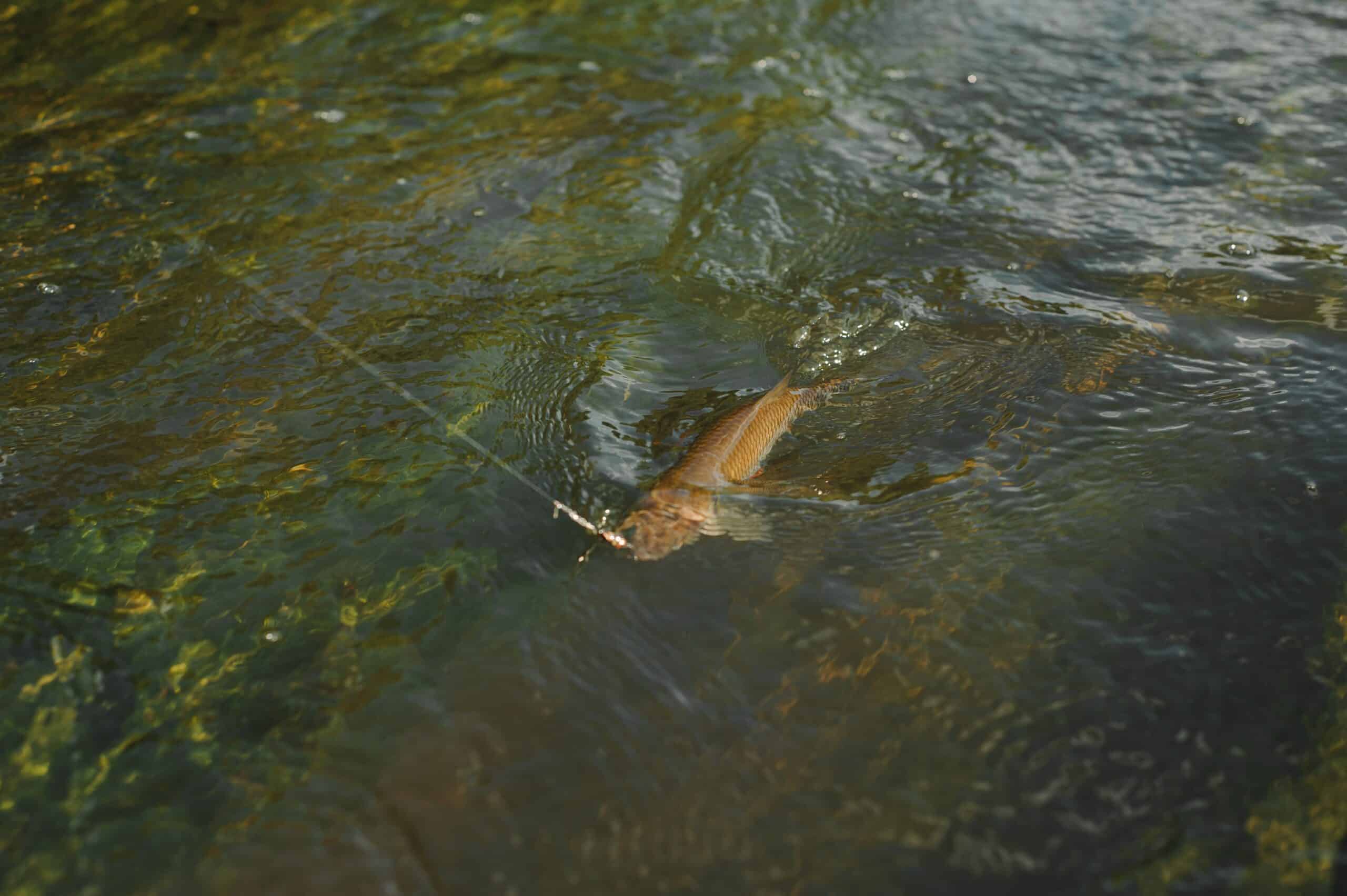What Size Line for Trout?
Key Takeaways
- The recommended line size for trout fishing falls within the range of 4-10 pounds, depending on specific fishing conditions, trout species, and personal preferences.
- Factors to consider when choosing the right line for trout fishing include water clarity, water depth, trout species, fishing technique, casting ability, and line material.
- It is important to experiment and find what works best for your specific fishing conditions and preferences, considering the factors mentioned above.
When it comes to trout fishing, choosing the right fishing line is essential for success. The size of the line you use can greatly impact your chances of landing that trophy trout. So, what size line should you use for trout? Let’s explore the information available to find the best answer.
The Best Size Fishing Line for Trout
After reviewing several reputable sources, it is evident that there is some variation in the recommended size of fishing line for trout. However, there are some common trends and guidelines that can help us make an informed decision.
According to Trout and Steelhead, the best size fishing line for trout is typically 6-10 lb test for monofilament and fluorocarbon lines, and 8-15 lb test for braided lines.
On the other hand, Zinger Fishing suggests that the best size fishing line for trout depends on various factors such as water clarity, water depth, trout species, fishing technique, line strength, line visibility, casting ability, line material, line weight, line diameter, and line suppleness. They recommend using 4-6 pound test lines as a suitable balance of strength and finesse for most trout fishing situations.
Similarly, Sport Fishing Buddy recommends a fishing line weight between 2 and 6 pounds for regular-sized trout, and 8 to 10 pounds for larger trout species such as steelhead and lake trout.
Another source, Tackle Village, suggests that a line rated between four and 12-pound test is generally suitable for trout fishing.
From the various sources, it is clear that the ideal line size for trout fishing falls within the range of 4-10 pounds, depending on the specific fishing conditions, trout species, and personal preferences.
Factors to Consider
While the recommended line size provides a general guideline, it is important to consider several factors when choosing the right line for trout fishing:
- Water Clarity: Clear water may require lighter lines to minimize visibility.
- Water Depth: Deeper waters may call for stronger lines to handle the pressure and potential obstacles.
- Trout Species: Different trout species have varying sizes and strength, which can influence the line choice.
- Fishing Technique: Specific techniques, such as fly fishing or bait fishing, may require different line strengths.
- Casting Ability: Consider your casting skills and the weight of the lure or bait you plan to use.
- Line Material: Monofilament, fluorocarbon, and braided lines all have different characteristics and strengths.
Conclusion
After considering the information from various sources, it is clear that the ideal line size for trout fishing falls within the range of 4-10 pounds. However, the specific line size may vary depending on factors such as water clarity, water depth, trout species, fishing technique, line strength, line visibility, casting ability, line material, line weight, line diameter, and line suppleness.
Ultimately, it is important to experiment and find what works best for your specific fishing conditions and preferences. Remember to consider the factors mentioned above and choose a line that offers a balance of strength and finesse for a successful trout fishing experience.
Related Websites:
FAQs:
Q: What are the different types of fishing lines commonly used for trout fishing?
The types of fishing lines commonly used for trout fishing include monofilament lines, fluorocarbon lines, and braided lines.
Q: What factors should I consider when selecting a fishing line for trout?
When selecting a fishing line for trout, it’s important to consider factors such as line strength, visibility in the water, sensitivity and control, diameter, stretch, and abrasion resistance.
Q: What size line should I use for trout fishing?
The appropriate line size for trout fishing depends on factors such as trout species, fishing location and water conditions, and fishing techniques. General guidelines suggest light lines (2-6 lb test) for small trout in clear and calm waters, medium lines (6-10 lb test) for average-sized trout in various conditions, and heavy lines (10+ lb test) for larger trout or challenging environments.
Q: How can I prevent line breakage or damage while trout fishing?
To prevent line breakage or damage while trout fishing, it’s important to properly spool the fishing line onto the reel, understand and adjust drag settings accordingly, avoid sudden jerks or excessive force, maintain a proper line-to-hook ratio, and regularly inspect and care for the fishing line.
Q: Why is it important to select the right line size for trout fishing?
Selecting the right line size for trout fishing is important because it affects your ability to effectively catch trout. The right line size ensures optimal strength, visibility, control, and casting distance, increasing your chances of success.






